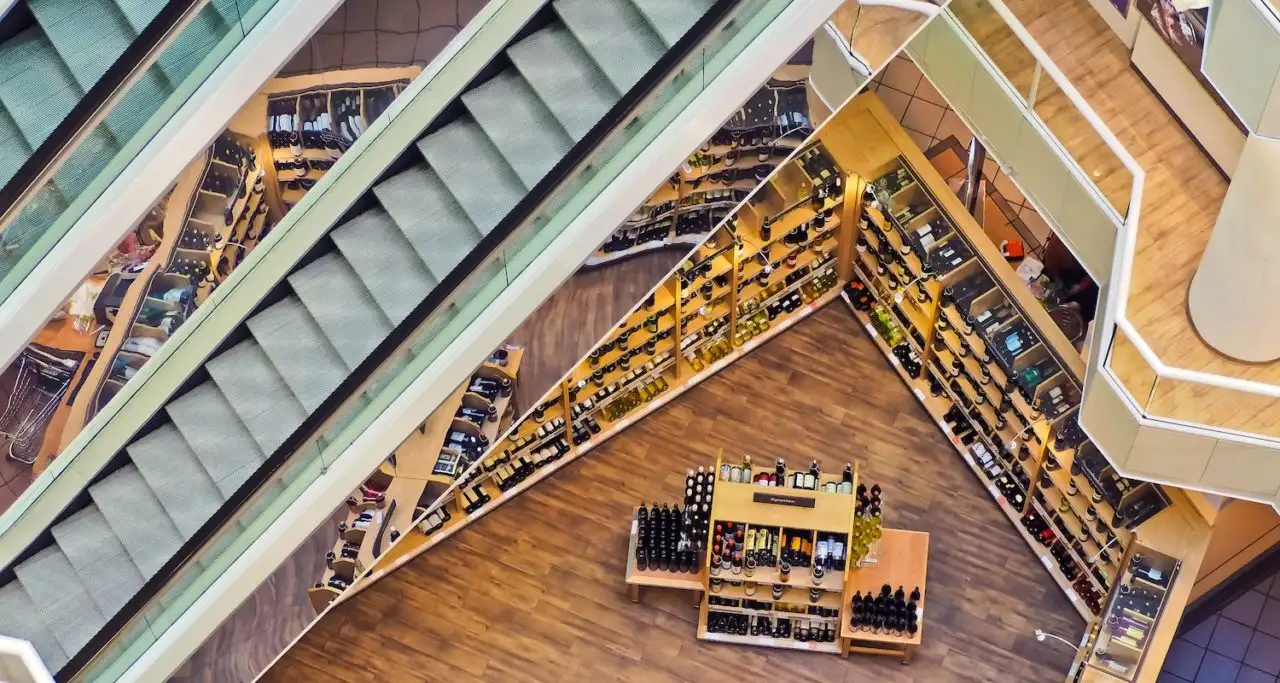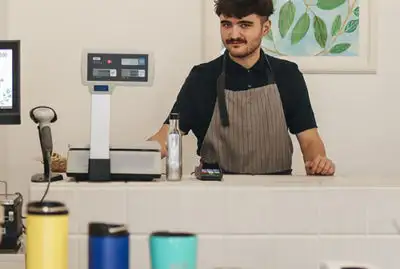Brands are starting to wake up to a new reality. Retailers have the ability to understand customer behaviour and personalise advertising based on that behaviour, all on a channel where consumers are in the mood to make purchases, i.e. retailer websites and apps (think argos.co.uk, tesco.com, amazon.com, etc.)
The largest retailers in the world – the likes of Sainsbury’s in the UK, Woolworths Group in Australia and Canada’s Loblaws – are becoming media companies in many ways. They are less affected by privacy changes on the web, due to the volume of first-party data they already hold on customers (e.g. customer logins, loyalty schemes, etc). During the pandemic they benefitted from more customers shopping online, and have started to build up their own inventories for advertisers to use.
While social media currently attracts more ad dollars, with a forecast of $65bn for 2022, retail media is set to grow more than five times faster. eMarketer estimates advertisers are on track to spend more than $37bn on “retail media networks” this year, an increase of about a fifth from 2021.
Retail media networks = e-commerce websites and apps owned by retail giants like J Sainsbury’s, on which ads can be placed programmatically to influence the consumer at the point of purchase. Retail media ads can be native ads or display ads.
Amazon is the most obvious beneficiary of a shift in advertising markets for e-commerce & retail, and Amazon DSP is the main gateway to Amazon’s retail media space. Get in touch if you’d like to learn more about how to place ads on Amazon via the Amazon DSP.
About the Author
Luke was head of digital at AccuraCast











